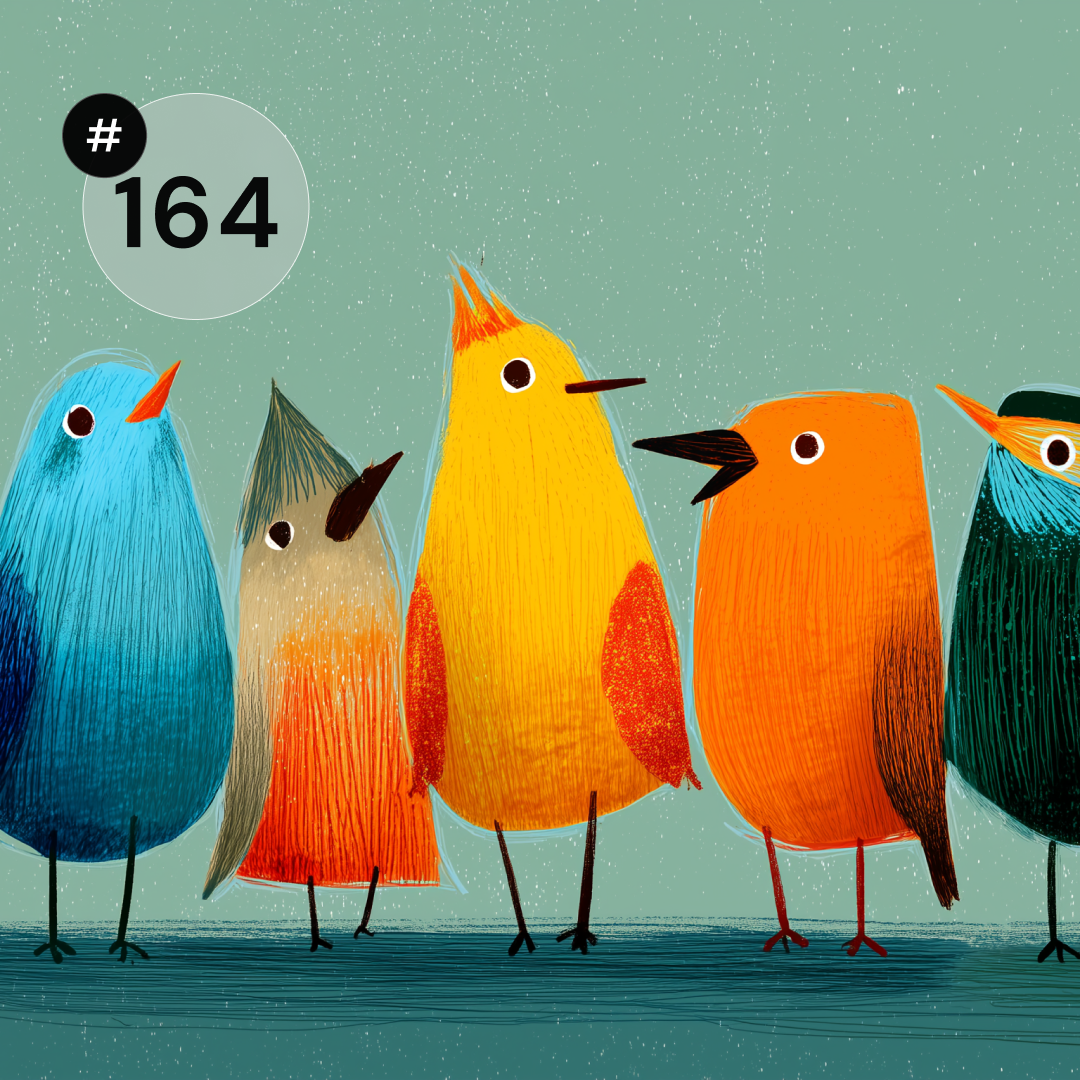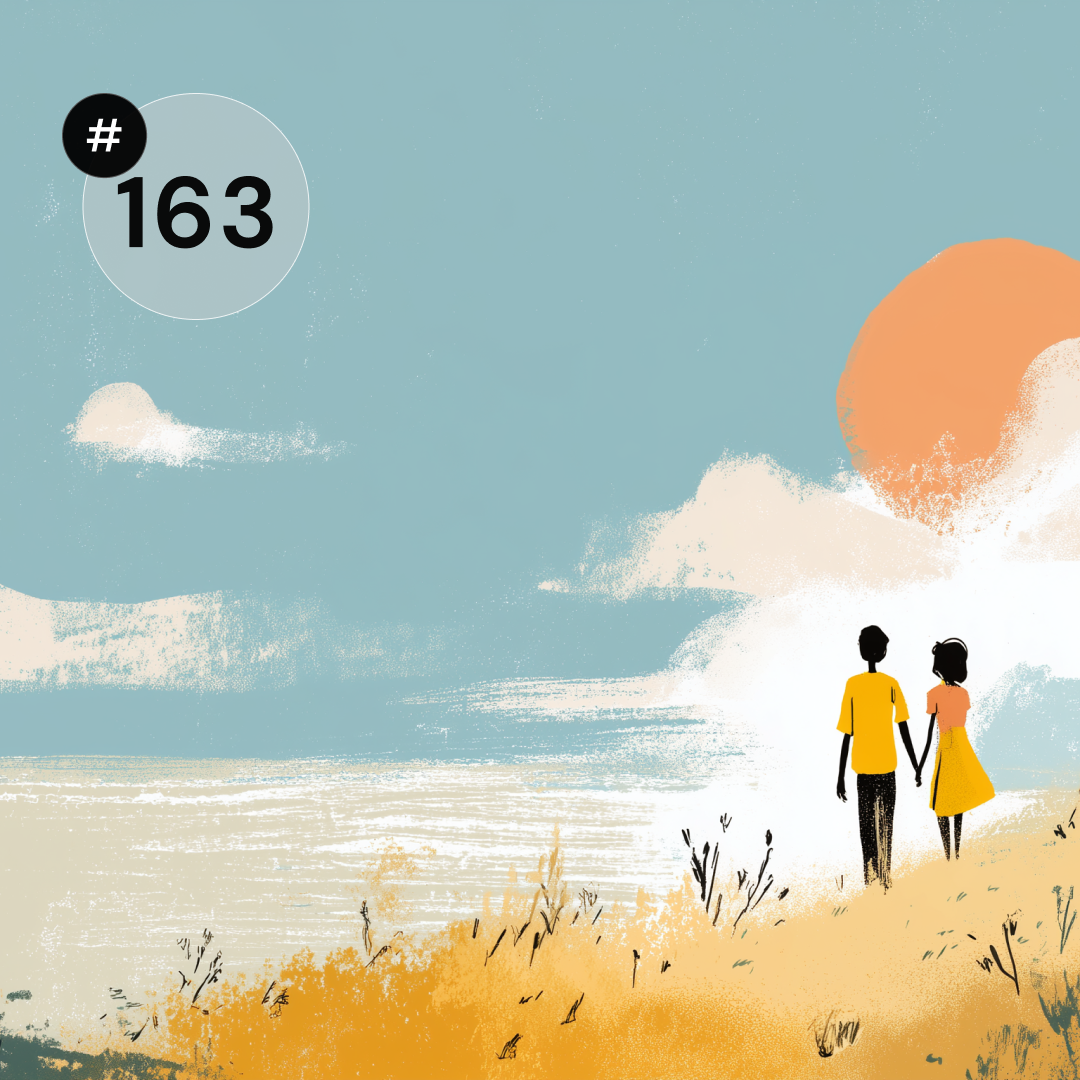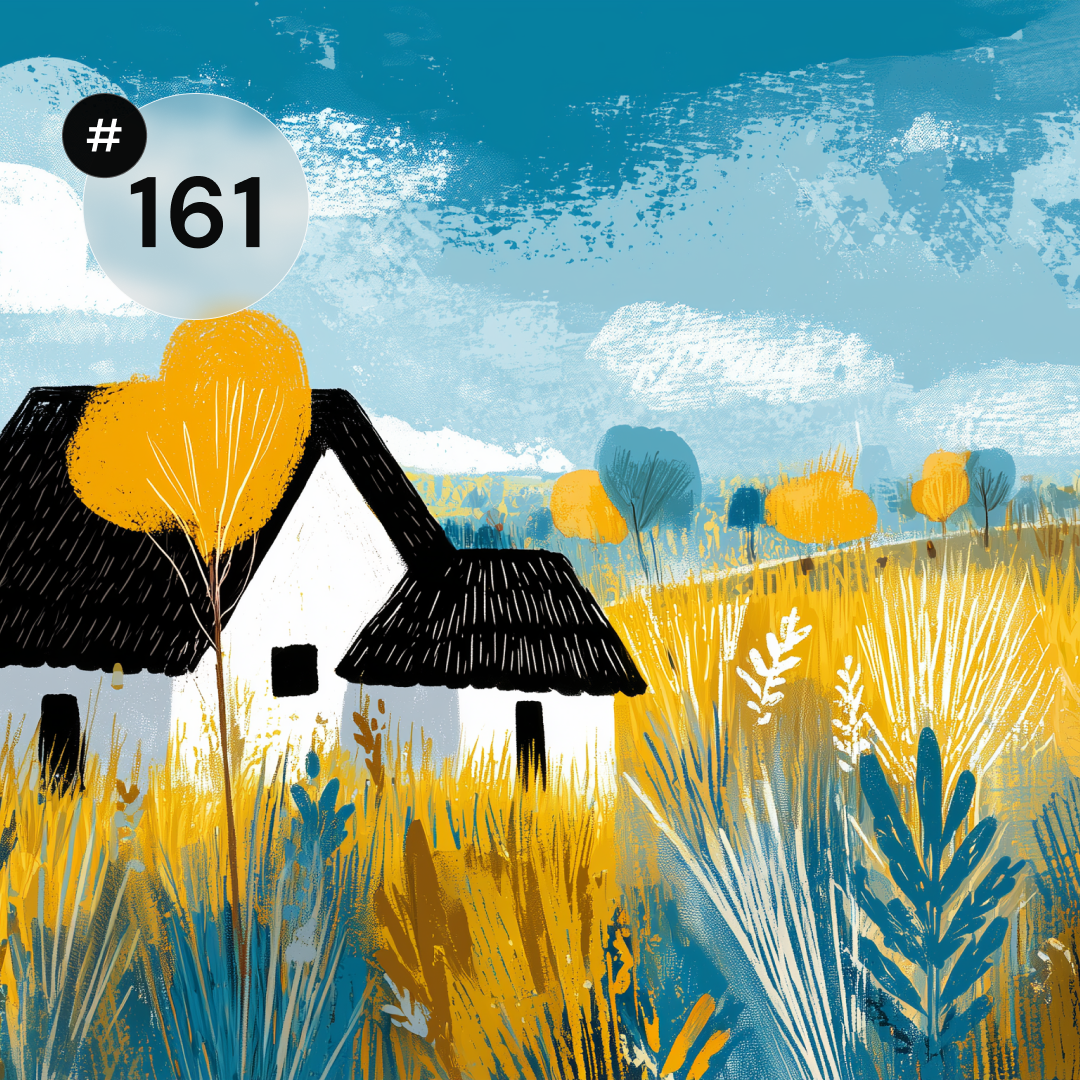Responsive Web Design is the answer to the needs related to the support of different display resolutions when using the Internet. For the first time this concept was used by Ethan Marcotte, who in his article touched on the topic of the design of a flexible grid and images, as well as media queries. What exactly is RWD and what to look for when creating a responsive website?
RWD — What is Responsive Web Desing?
Responsive Web Design, or responsive design, is a concept, a way of designing. The English word “responsive” means “responsive, responsive.” RWD is the creation of Environmentally sensitive design, that is, the device on which it is to be displayed. Therefore, it is necessary to put aside thinking about equipment and not consider it as the most important aspect when designing.
The RWD approach is also called a fluid system (eng. fluid desing), adaptation project (eng. adaptive layout) and flexible design (eng. elastisk layout). Marcotte noted that this method goes beyond the use of media queries, and the way to create responsive pages is different from the traditional one.
Responsive website design and adaptation to mobile devices
Desktop pages viewed on the phone often look uninteresting — they are unreadable, navigation is problematic, the content is truncated and the font is too small. To get acquainted with the published content, it is necessary to enlarge the selected fragment of the graphic or content more than once. This can be extremely annoying — then the user may decide to leave the page and look for material on similar sites. No one wants to waste time and energy on activities that irritate him.
The use of Responsive Web Design allows the page to be displayed clearly on devices that have different resolutions. The layout of the website adapts automatically — the user does not have to change anything.
The width of the website is designed in three versions:
- 480 px — for smartphones and phones,
- 1024 px — for tablets,
- 1200 px — for computer monitors and in a laptop.
To increase the flexibility of the website — you can also deploy 320 px, 768 px, 800 px and 1366 px versions. RWD can be applied thanks to flexible content scaling technology or CSS3 Media Queries. Responsive CSS includes information about the layout of the website, its width, styles and more.
Responsive Design Principles
Responsive Web Desing is a set of web design principles. What do they rely on?
Create from the smallest screen
Responsive design of the interface and the rest of the elements is worth starting from the creation of the site to the phone. At the moment when work is started from the smallest screen, it can be noted that such a version has no restrictions. It requires a slightly different arrangement of elements, rethinking layouts and user experience. However, a smaller screen does not mean less space.
Determination of the most important elements
Web Designing According to the principles of Responsive Web Design, you need to determine the most important things to put on your website. So we have to make a selection — what is necessary and what does not have to be included in the main points. All elements must form a coherent whole and help to achieve the objectives of the client. The most important parts of the page should be at the top — they should be visible first.
Navigation and menu in the main point
Responsive menu and navigation is a site map that determines the ease of use of the site. Enables quick finding of the information the user is looking for. The menu should contain the most important data. It is not worth forcibly stuffing objects that may be located a little lower. The menu bar itself must be in a conspicuous place.
Simplicity
In the case of RWD, it is worth going Towards Minimalism. This does not mean giving up most elements of the page, but simplifying them. This affects the transparency of the site and makes it easier to use.
Appropriate object size
Since smartphone screens are limited in size - it is worth thinking about placement on the site elements of the right size. The RWD service must be comfortable to use. It is easy to hit objects with the cursor, a little heavier - with the thumb, so all components must be adapted to the width of the web page and the size of the device.
Font selection
Responsive Web Design is an approach that assumes the creation of pages that are readable for users. It is therefore important Optimal font size, which makes it easier to get acquainted with the content. This applies to both headlines, texts on the page, and bulletins.
Responsive graphics
Responsive design takes into account the right fit of graphics. SVG format is often used here — images are scalable and load fast. Remember the correct size of the graphics and adjust it so that the site loads as quickly as possible.
Views
Responsive pages typically have three views (computer, tablet, phone). Sometimes larger phones, where the smallest view is stretched, turn out to be problematic. Therefore, a fourth view — called “telephone=horizontal” — may be necessary.
Advantages and disadvantages of responsive design
Among the advantages of responsive design, the following should be highlighted:
Facilitating online activities for consumers
According to statistics, more than 60% of Internet users use it on mobile devices, i.e. smartphones or tablets. Data on the number of visitors who visit the website via mobile devices can be found in Google Analytics, a tool for monitoring website traffic. Responsive web design Helps to keep users, gain new ones and make them easier to browse.
Better page visibility in search results with RWD
Web design in accordance with RWD is recommended by Google. The search engine algorithm distinguishes sites that are adapted for use on mobile devices. He places them higher in search results, making them easier to find. In addition, Responsive Web Design helps to avoid duplication of content for two versions of websites — desktop and mobile.
Easy access to analytics
When there is a separate website and a mobile application — this is a source of additional work for the marketer. Statistics are scattered in several places, which takes time to get acquainted with them. Responsive design allows Control conversions, traffic and behavior in one place in Google Analytics. In addition, it is less time consuming to create campaign reports.
Lower website maintenance costs
The costs of one side of the RWD pay off quite quickly. There is no need to maintain and pay for several sites, applications, domains and servers. Responsive Web Design gives you the ability to create A single, optimally functioning website, which supports traffic from different devices.
Increase in income
Responsive Web Design has a positive effect on conversion rate and sales. The user has the opportunity to use the website regardless of the device he uses. This is a convenient option for him - he can make a purchase at any time, anywhere and at any time. On the other hand, the site owner has the ability to accurately track behavior and traffic, and personalize ads for specific customers.
Disadvantages of Responsive Websites
RWD seems to be an excellent solution in any case — but it has some drawbacks. First of all, it is worth considering whether responsive web design will be profitable.
- optimizations for mobile devices are not available — although some elements are adapted accordingly, it should be borne in mind that the responsive page involves loading the entire content. It happens that on mobile devices it takes quite a long time, which can be annoying for the user,
- any additional script, whose task is to support the mobile version, constitutes an additional transfer for users,
- if the structure of the site is complicated — the implementation of RWD may prove impossible.
Modern websites are distinguished by their minimalist design and high-quality photos. The template is built using a CSS sheet, not like before — raster graphics. The website is meant to be simple and easy to use on any device — that's what responsive websites are all about.












